One of Jacka’s favorite Arizona spots was Coal Mine Canyon, southeast of Tuba City on the Navajo Nation. “Each time I take a photograph, I feel as though I am capturing a moment in time,” he wrote. “Each is a ‘happening’ that can never be duplicated.”
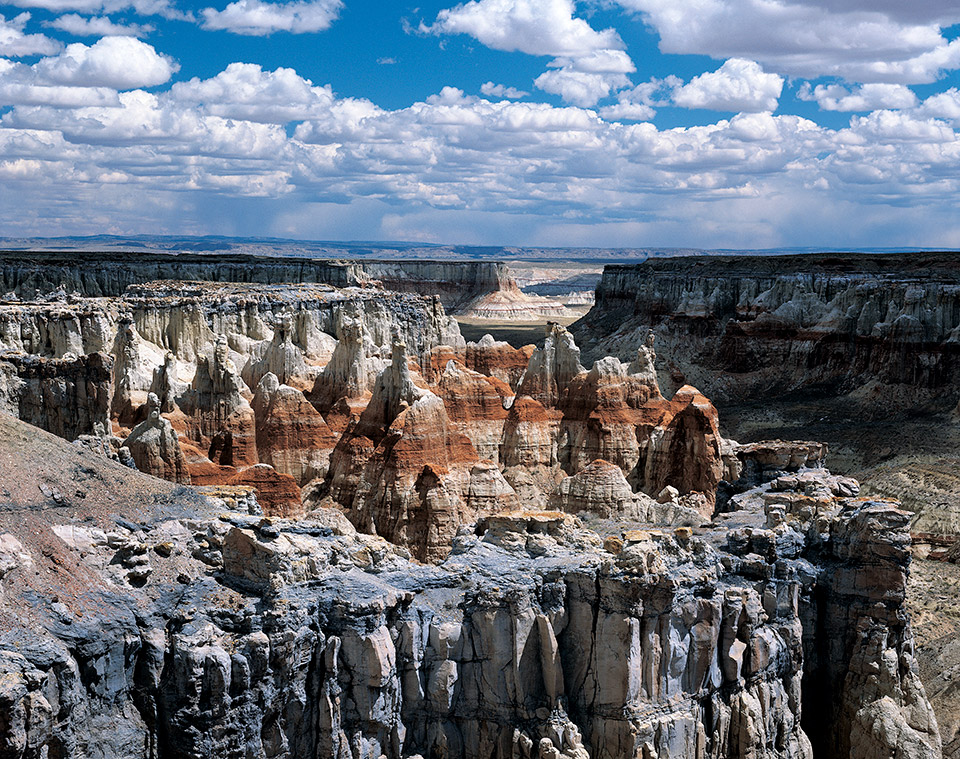
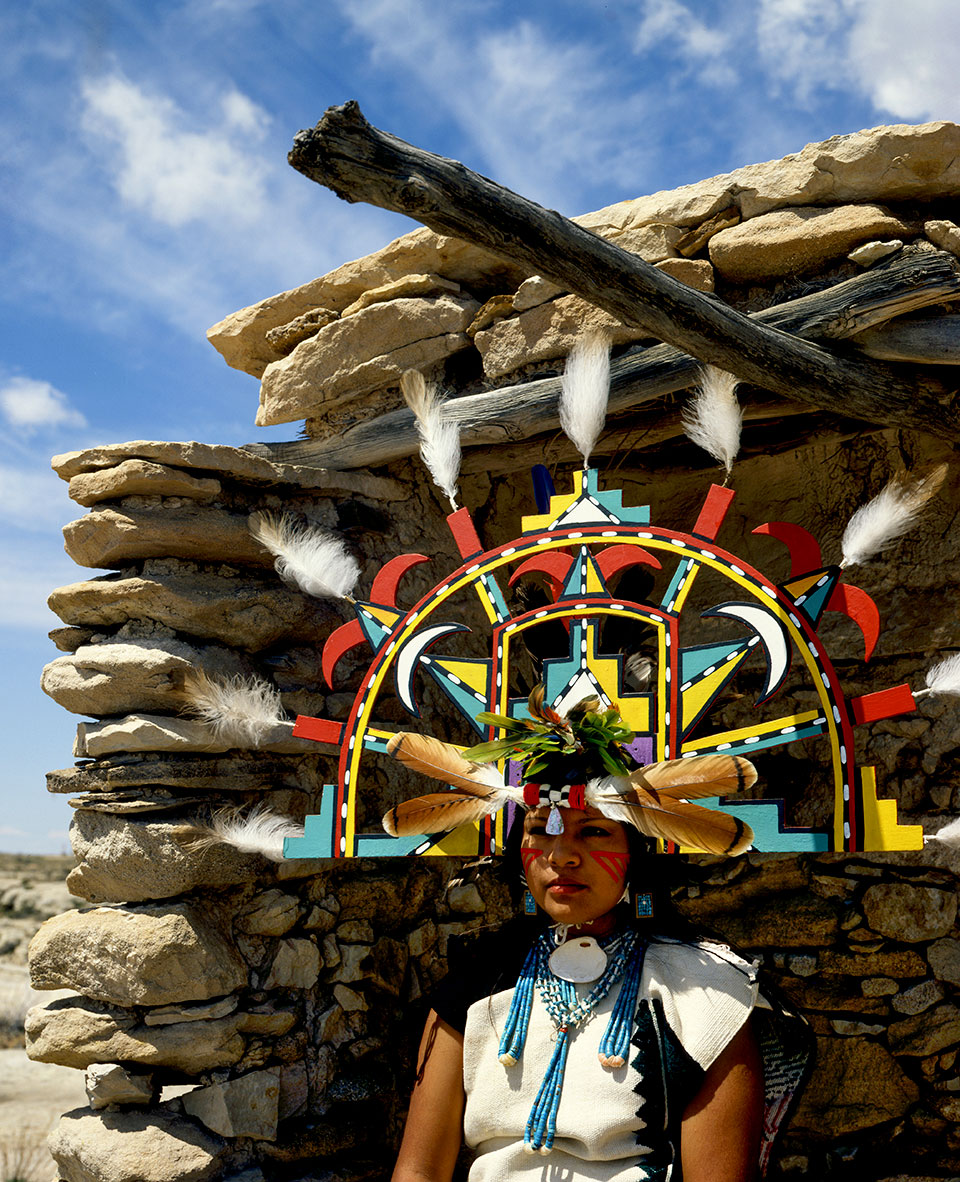
Carol Dawahoya prepares to perform a Hopi Butterfly Dance. This photo was featured on the magazine’s front cover in September 1980, in conjunction with the 300th anniversary of the Pueblo Revolt of 1680.
![Wildflowers bloom amid ponderosa pines in a grassy meadow in Eastern Arizona’s White Mountains. This photo and others by Jacka accompanied a Stewart Udall story on Francisco Vázquez de Coronado’s journey across present-day Arizona. As then-Editor Don Dedera wrote: “The dedication [Jacka] brings to an assignment is beyond price: example, for this issue, nearly two years of scholastic research and fieldwork.”](/sites/default/files/2025-01/0225_Jacka_3.jpg)
Wildflowers bloom amid ponderosa pines in a grassy meadow in Eastern Arizona’s White Mountains. This photo and others by Jacka accompanied a Stewart Udall story on Francisco Vázquez de Coronado’s journey across present-day Arizona. As then-Editor Don Dedera wrote: “The dedication [Jacka] brings to an assignment is beyond price: example, for this issue, nearly two years of scholastic research and fieldwork.”
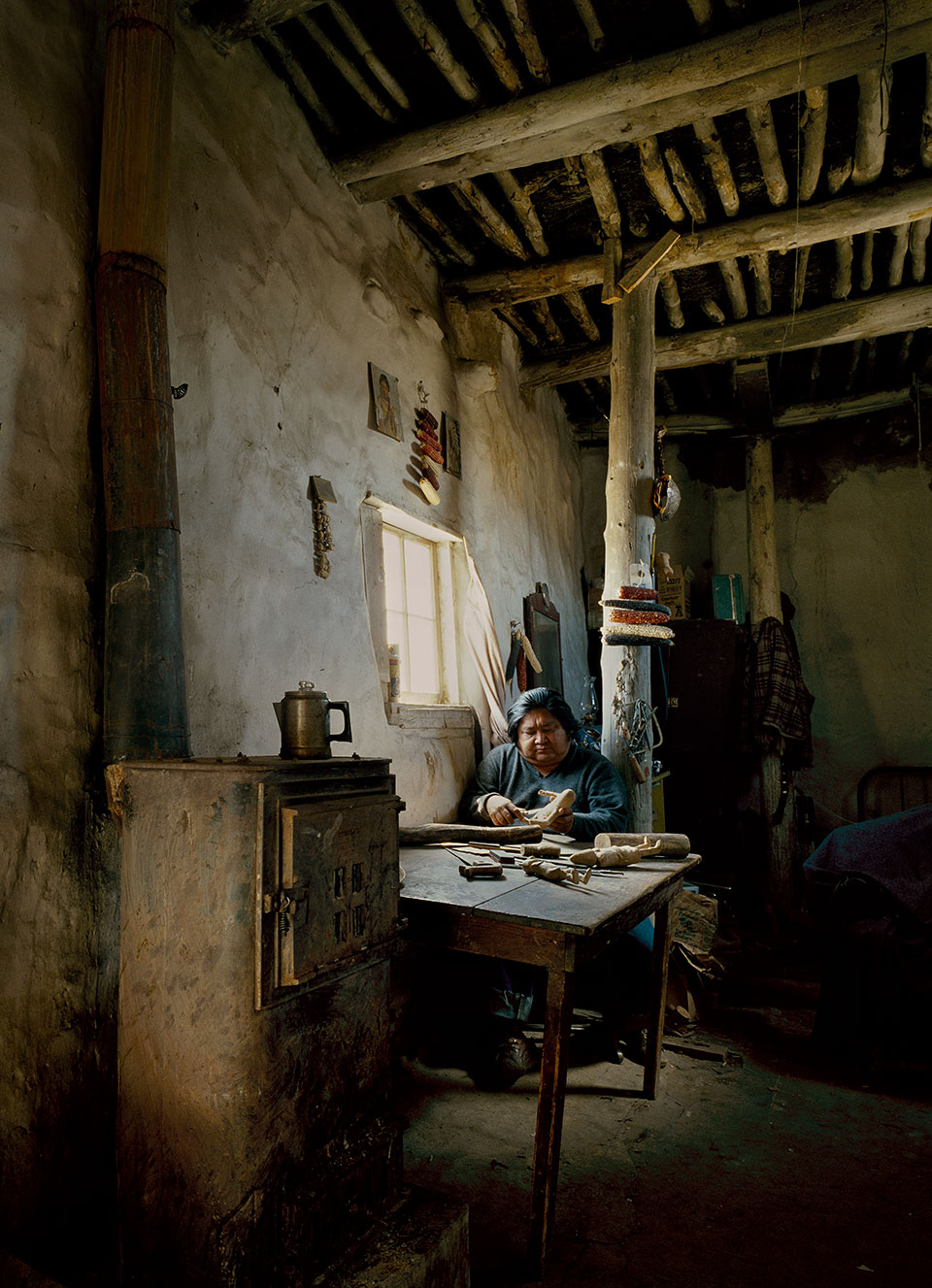
The morning sun provides light and warmth for Jerry Lacapa as he carves kachinas in his home in the Hopi Tribe’s Walpi village. This photo was paired with an Ekkehart Malotki piece on the Hopi writing system.
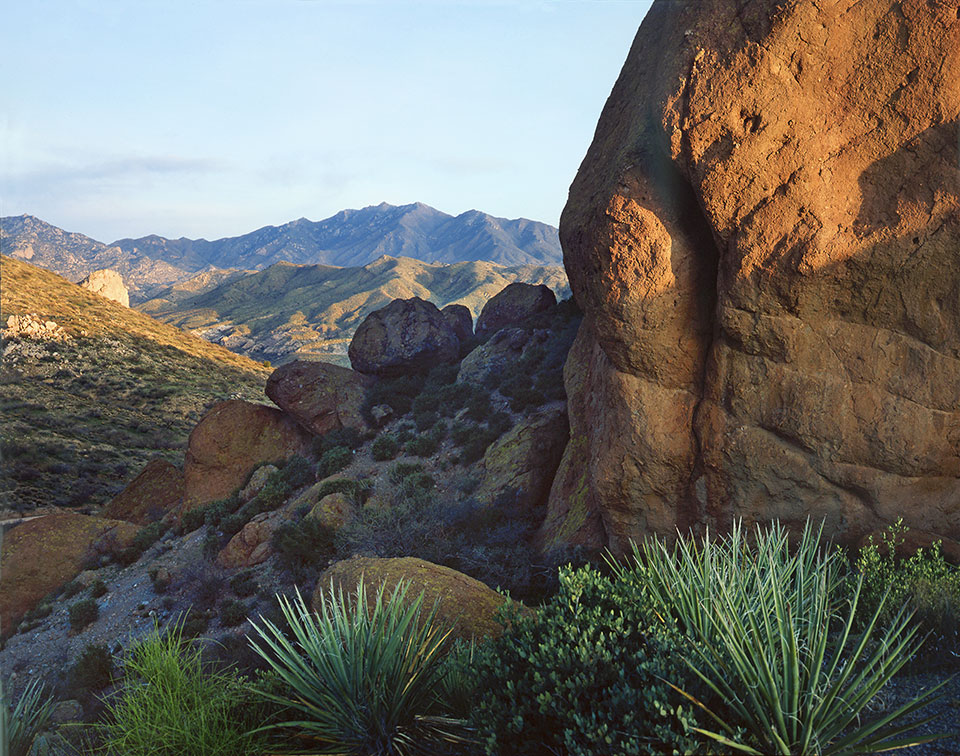
Boulders in the Coronado National Forest punctuate a view of the south side of Mount Turnbull (8,291 feet) in the Santa Teresa Mountains. This vantage point is about 30 miles west of Safford in Eastern Arizona.

Jacka visited the Navajo Nation’s Canyon de Chelly on an Arizona Highways assignment. While there, he photographed Canyon del Muerto pictographs depicting the arrival of a Spanish cavalry expedition that killed more than 100 Navajos in Massacre Cave. “This is something that you need to reflect on,” he said. “I chose to not just show the pictograph, but to put it in the perspective of the canyon walls.”
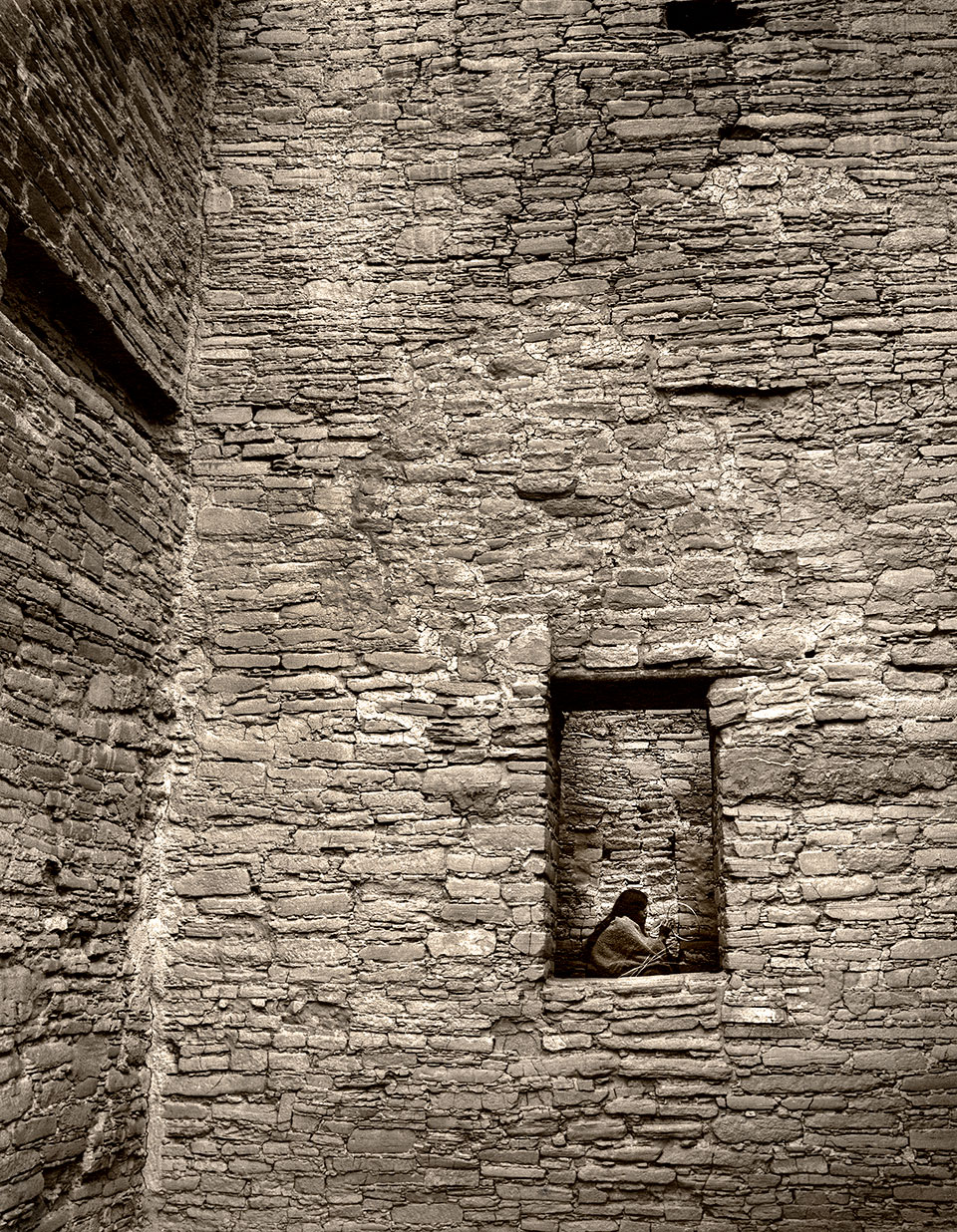
Also at Canyon de Chelly, Jacka made this shot of a young Navajo woman framed by the walls of White House Ruin. “What I attempted to do here,” he said, “was, first of all, show the magnificent architecture, but, second of all, to make a person look through this window and say, ‘You know what, people really were living here.’ ”
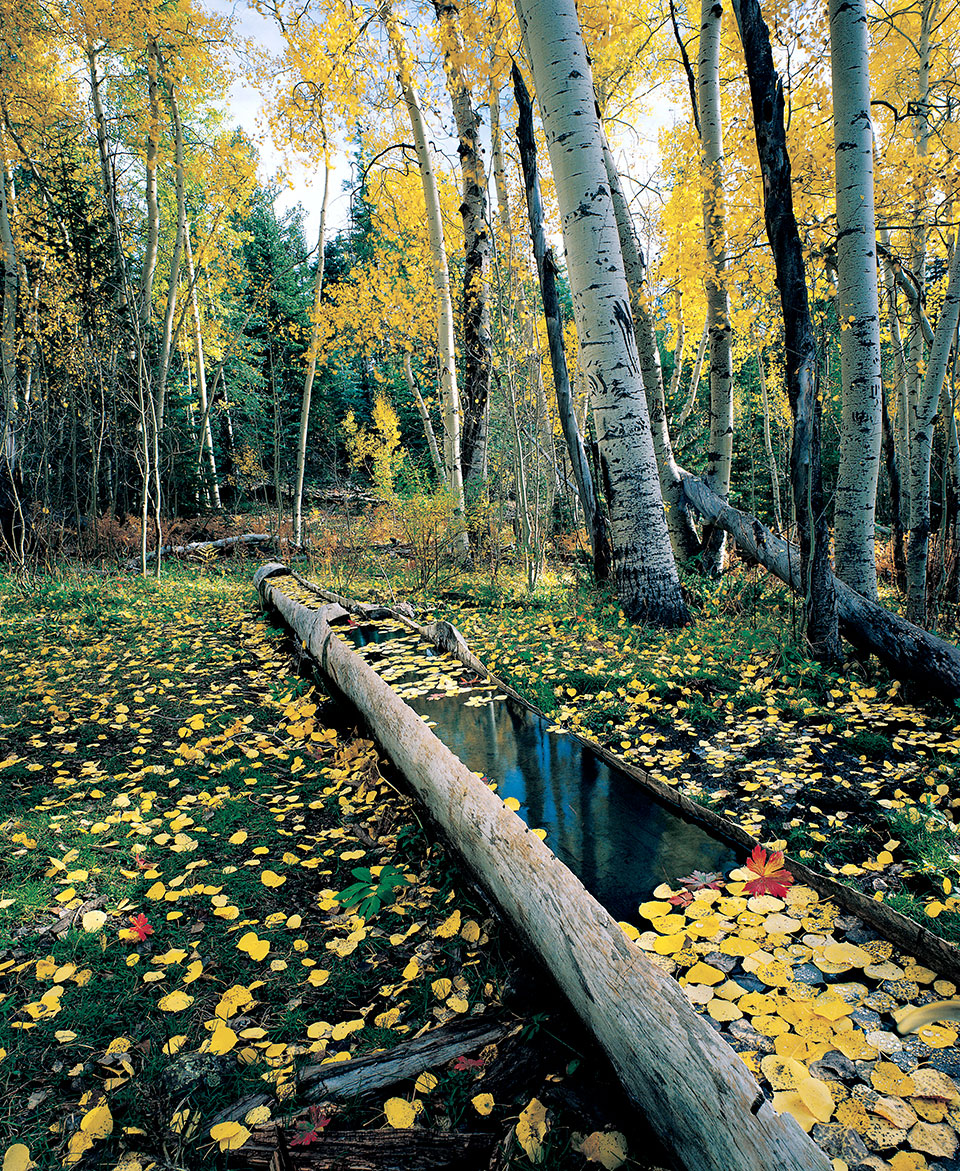
Amid fallen aspen leaves, a rain-filled, hollowed-out log awaits the deer that come to drink in a secluded glade near Alpine in the White Mountains — another of Jacka’s favorite places.
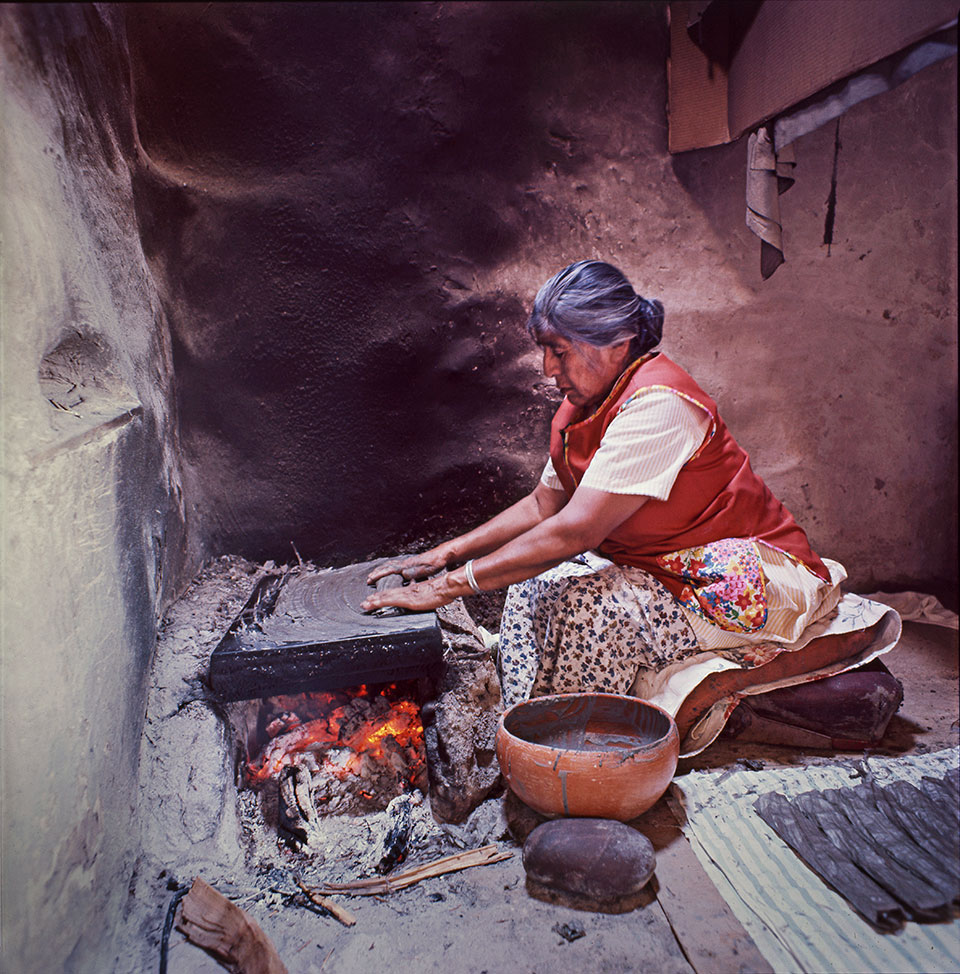
Vivian Mumzewa makes piki, a thin wafer bread made of blue corn meal and ashes, on First Mesa. The Hopi delicacy is made by spreading a thin layer of batter onto a hot stone by hand. It bakes almost instantaneously, then is rolled into a long, rather flat roll and is ready to eat.
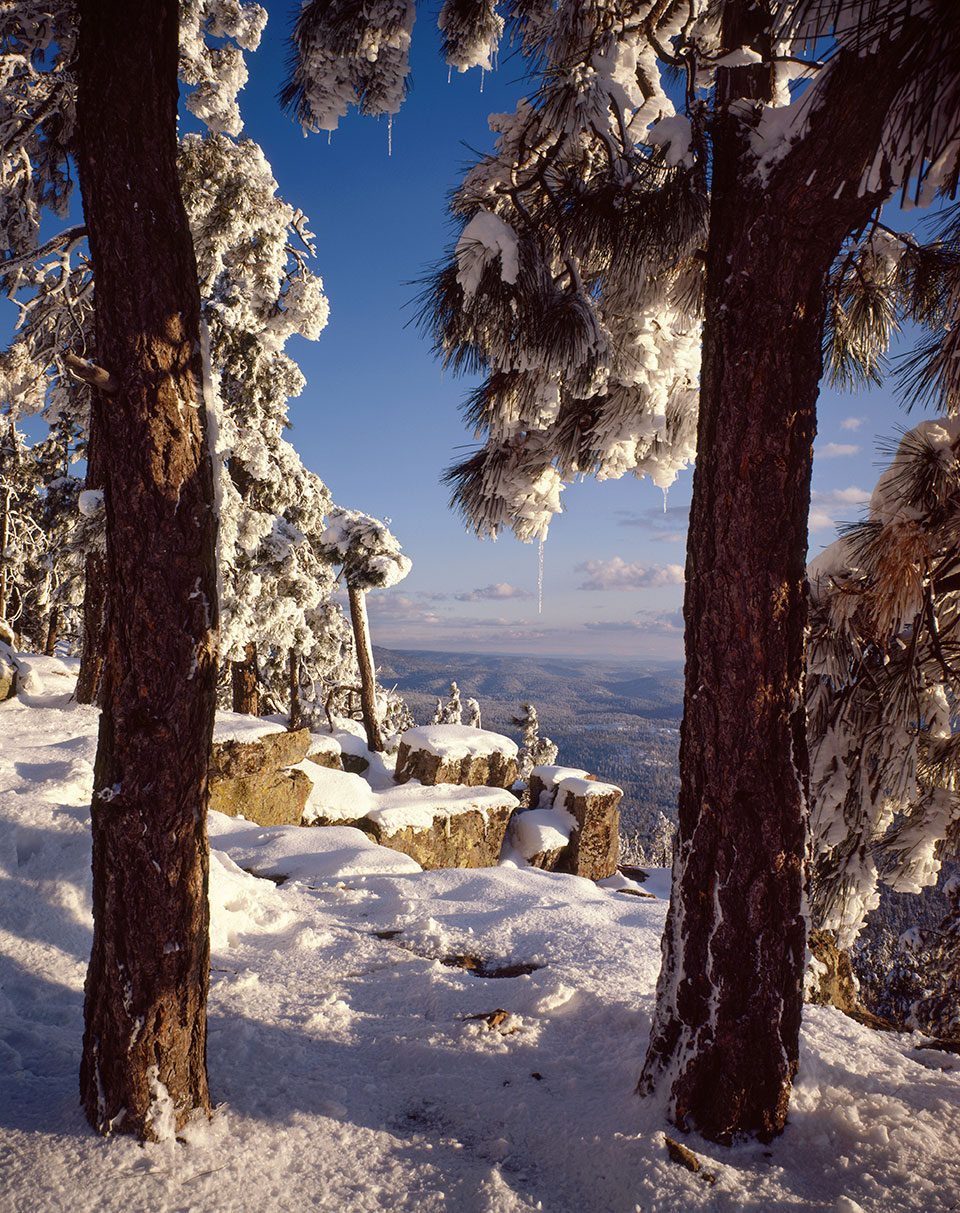
A heavy layer of snow covers ponderosa pines and rocks on the Mogollon Rim near State Route 260.
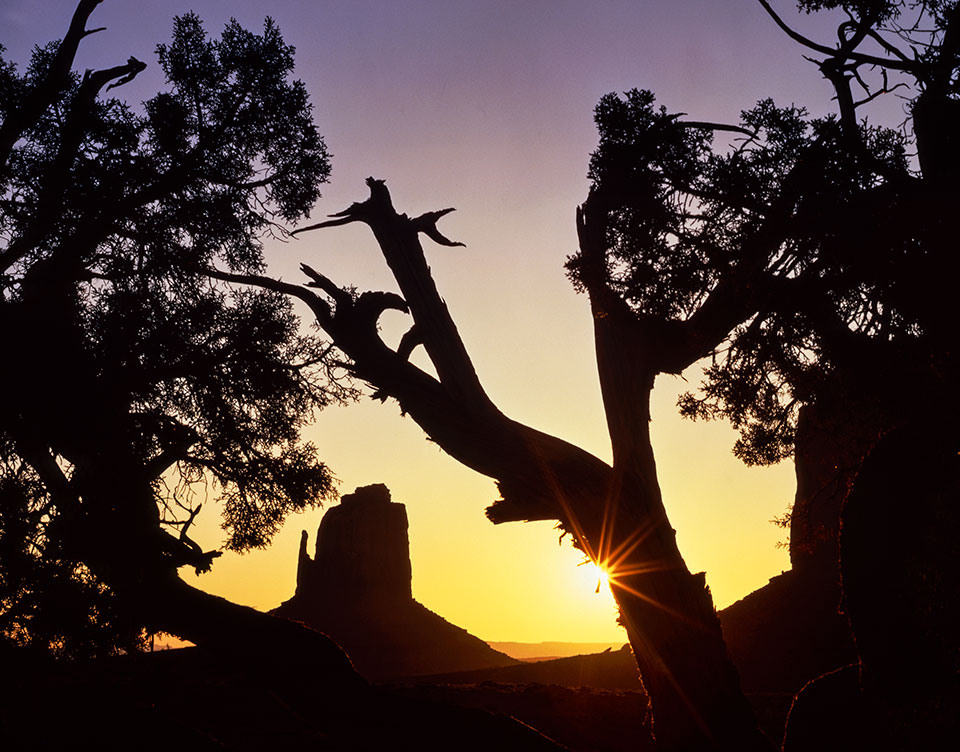
The sun rises behind East Mitten Butte and gnarled tree trunks in Monument Valley on the Navajo Nation.
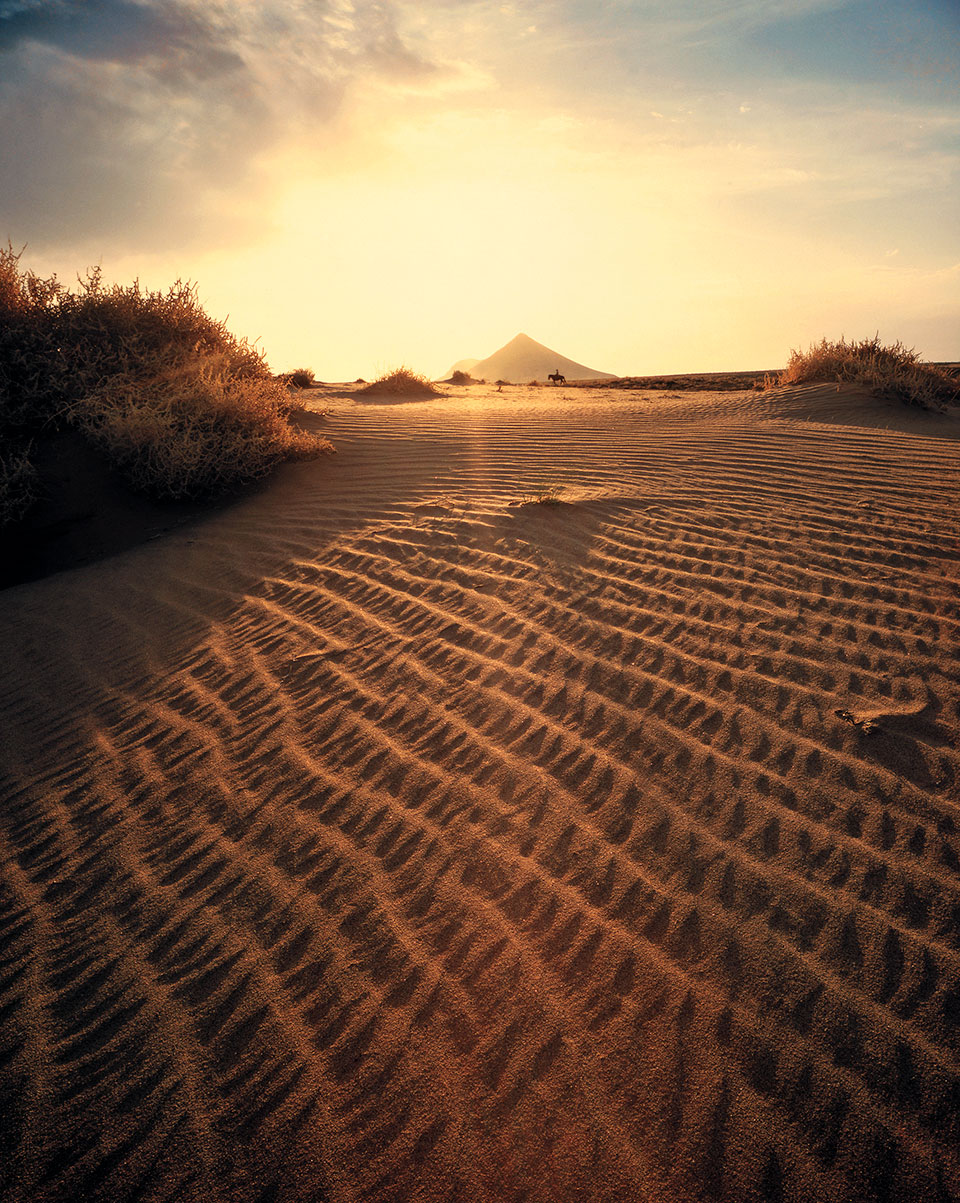
A lone horse and its rider traverse a sandy landscape on Hopi Tribe land. As Jacka recalled: “I didn’t know until after the film was processed that the man on horseback had appeared on one of the four exposures I took. I don’t know if he saw me. I don’t know where he came from or where he went, so I call this photograph Ghost Rider.”
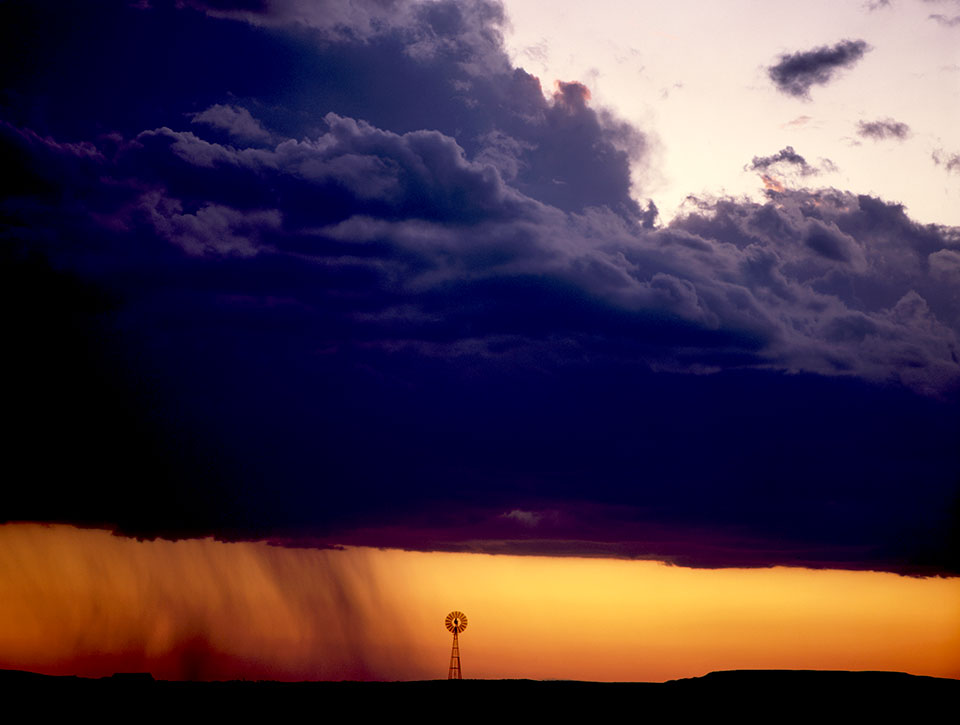
At sunset, a storm brings curtains of rain to an area near the Northeastern Arizona city of St. Johns, another spot along Francisco Vázquez de Coronado’s path.
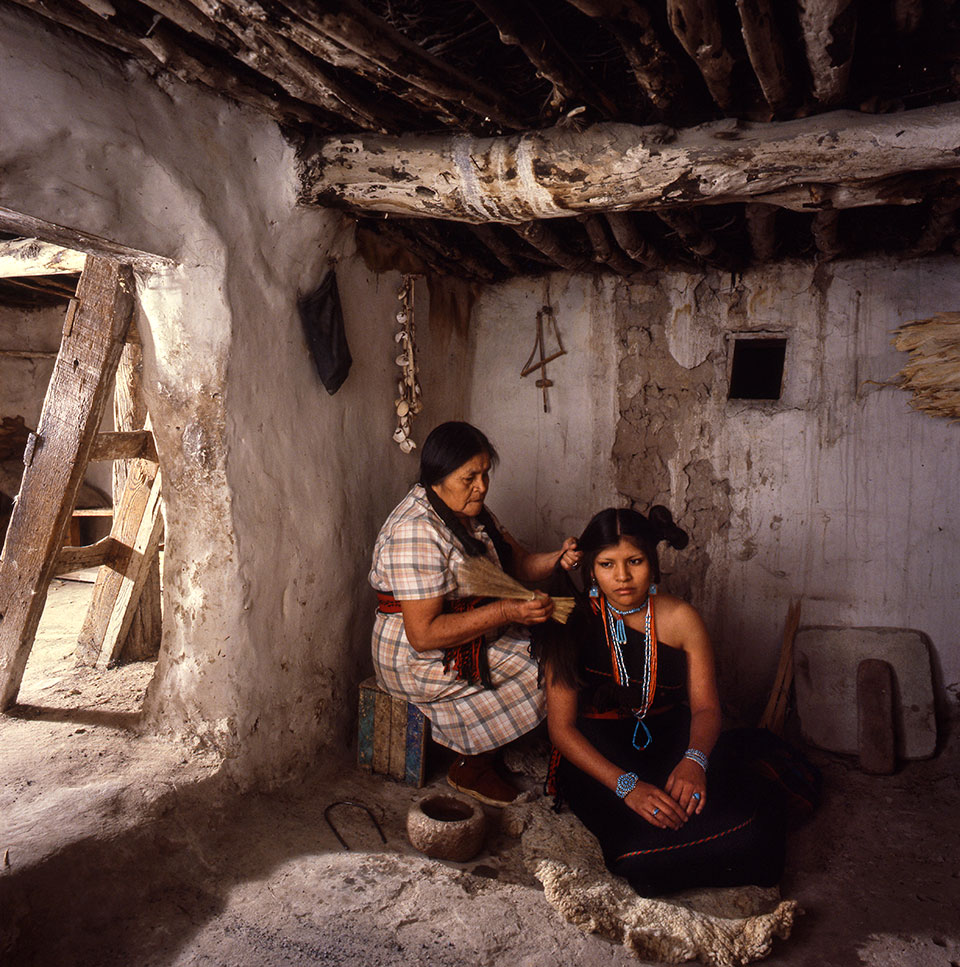
Wearing a traditional dress called a manta, Carol Dawahoya has her hair styled in a butterfly whorl, or maiden’s whorl, by aunt Hazel Dukepoo. Once worn by all eligible unmarried Hopi women, the elaborate coif now is used only for special ceremonies.
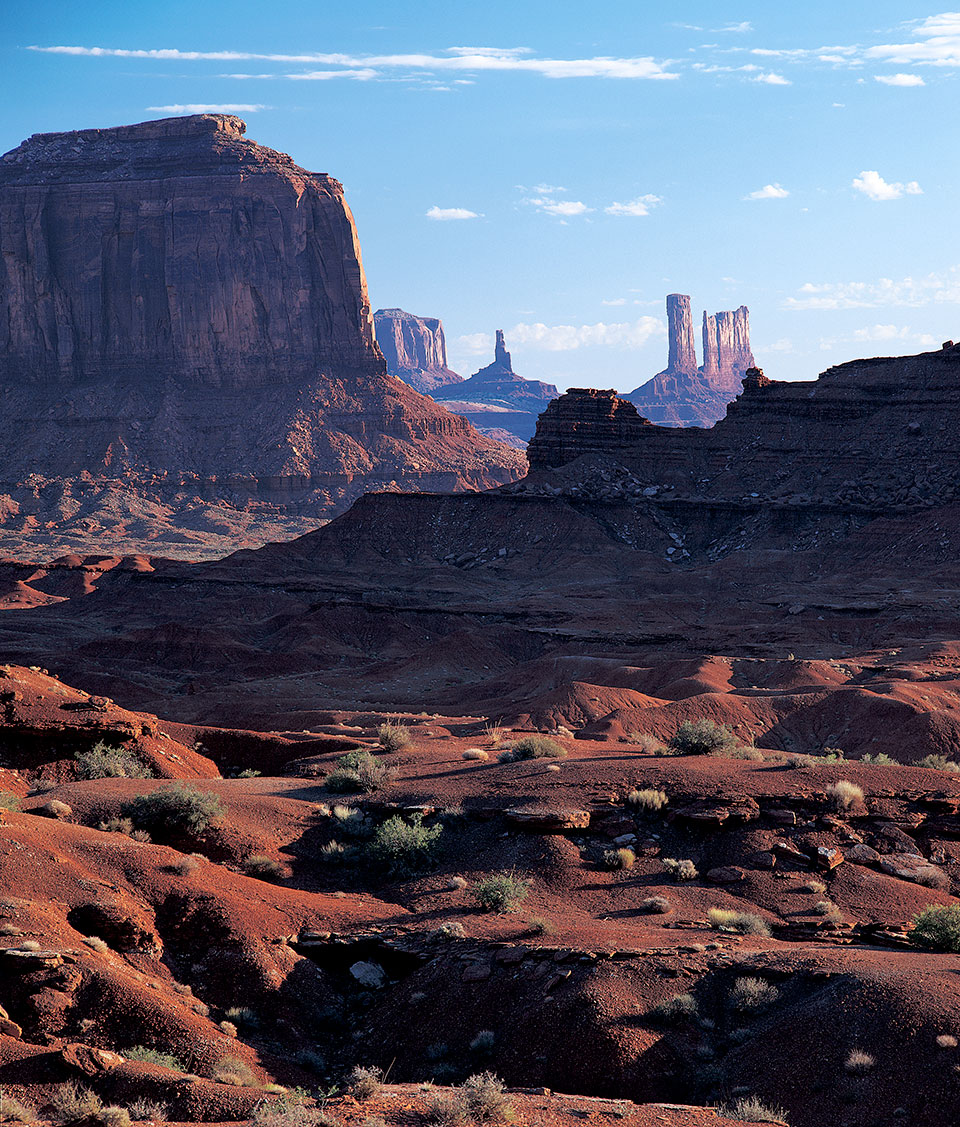
A spot near John Ford Point offers a dramatic view of the weathered buttes of Monument Valley on the Navajo Nation. This photo appeared in an Arizona Highways portfolio of Jerry Jacka’s favorite places in Arizona. “At the risk of sounding hopelessly capricious, I must admit that my favorite spot often depends on where I am at the moment,” Jacka wrote. “As incomparable beauty blends with my state of mind, a special moment occurs.”

